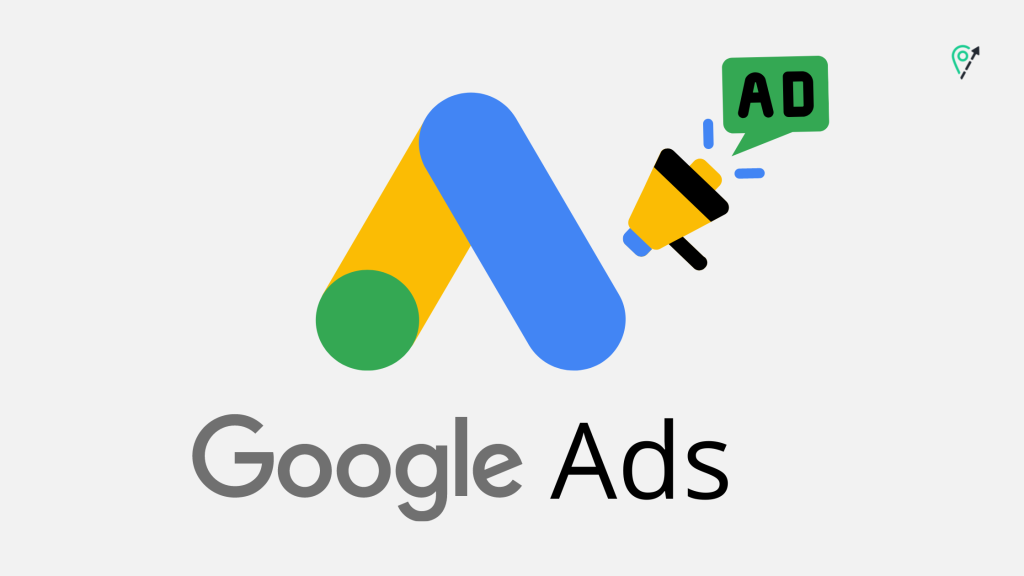In the highly competitive realm of Google Ads, staying ahead of your rivals is crucial to achieving campaign success. A comprehensive competitor analysis is essential for understanding the strengths, weaknesses, and strategies of your competitors. By leveraging the right techniques, you can gain valuable insights that enable you to refine your own advertising strategies and outperform the competition. In this article, we will explore the top strategies for conducting effective competitor analysis in Google Ads.
Identify Your Competitors:
Before delving into analysis, it is important to identify your primary competitors. Start by making a list of businesses that offer similar products or services and target the same audience. Tools like Google Ads Auction Insights and SEMrush can provide valuable information on who you are competing against.
Analyze Competitor Keywords:
Keywords are the backbone of any successful Google Ads campaign. Identify the keywords your competitors are targeting by using tools like SEMrush or SpyFu. By understanding their keyword strategies, you can uncover new opportunities and refine your own keyword selection to gain a competitive edge.
Evaluate Ad Copy and Creatives:
Take a closer look at your competitors’ ad copy and creatives. Pay attention to their messaging, value propositions, and call-to-actions. Analyze what resonates with their audience and try to identify areas where you can differentiate yourself. Tools like Moat or Adbeat can assist in uncovering competitor ad variations and their performance metrics.
Study Landing Pages:
Examining your competitors’ landing pages can provide valuable insights into their conversion optimization strategies. Look for elements such as page layout, design, compelling content, and persuasive call-to-actions. Tools like SimilarWeb or SpyFu can help you discover the landing pages your competitors are using and how they are structured.
Monitor Bidding Strategies:
Understanding your competitors’ bidding strategies is crucial for optimizing your own campaigns. Tools like Auction Insights and Google Ads Scripts can provide insights into your competitors’ impression share, average position, and overlap rate. Monitor their bidding patterns and adjust your own bidding strategy accordingly to maximize your campaign performance.
Track Ad Extensions and Features:
Ad extensions and additional features can greatly enhance the visibility and effectiveness of your ads. Analyze which extensions your competitors are using and how they utilize them. Experiment with different ad extensions and features to improve your ad visibility, click-through rates, and overall campaign performance.
Conclusion:
Competitor analysis is an indispensable aspect of successful Google Ads campaigns. By identifying your competitors, analyzing their keywords, ad copy, landing pages, bidding strategies, and ad extensions, you can gain valuable insights that inform your own advertising strategies. Remember to continually monitor and adapt your approach based on competitor actions and market dynamics. Implement these top strategies for competitor analysis in Google Ads to gain a competitive edge and achieve optimal campaign results.
In summary, with the right competitor analysis strategies and the right information from professionals (ie. elevate agency), you can not only stay ahead of the competition but also enhance the performance and effectiveness of your Google Ads campaigns. Keep refining and optimizing your strategies based on the insights gained from competitor analysis, and watch your campaigns soar to new heights.





















Discussion about this post